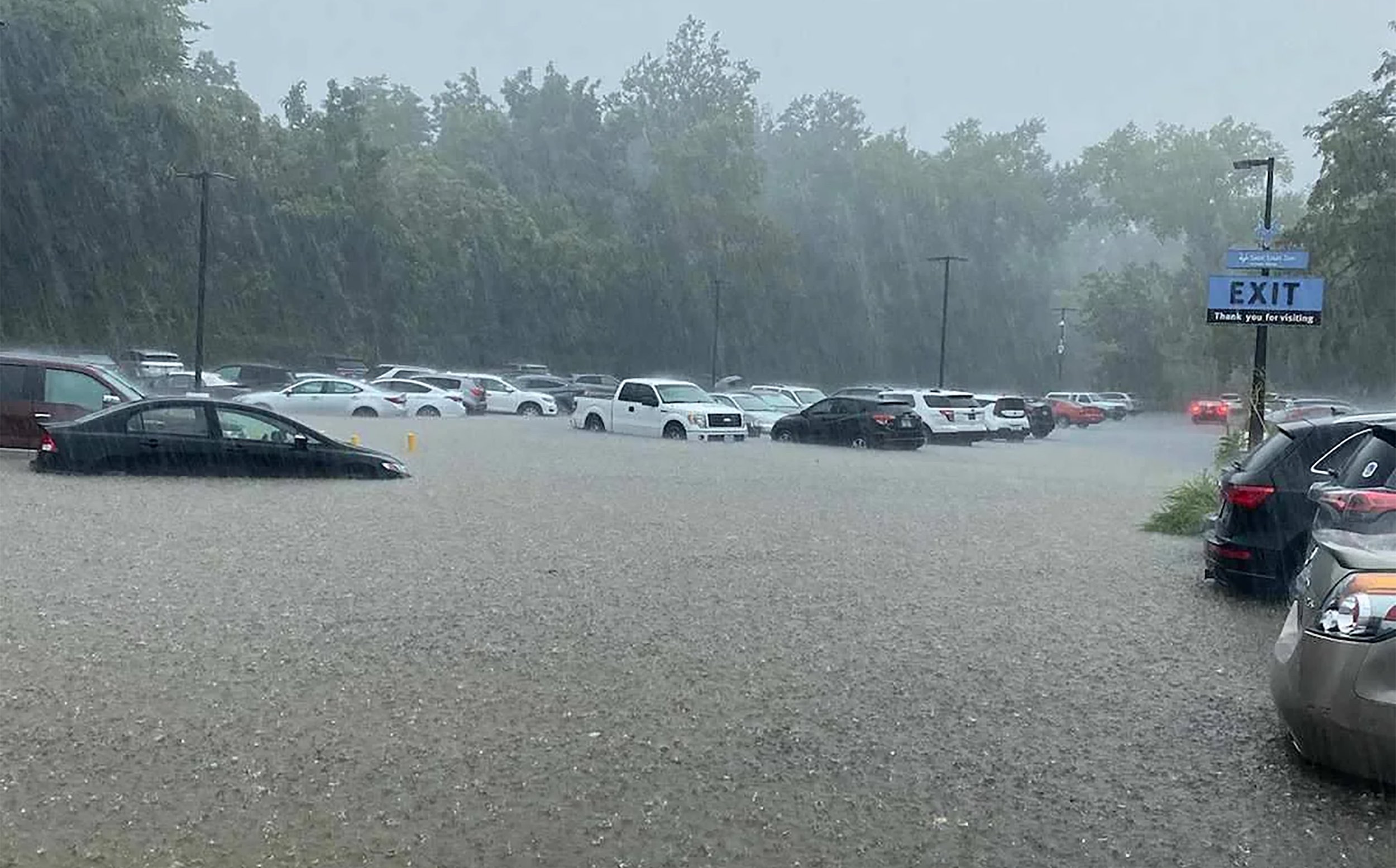Adapting to Extremes
When it rains, it floods… And when the skies stay clear for too long, drought takes over. Climate change is reshaping the world, and attractions are feeling the impact.
The Association of Zoos & Aquariums AZA Trends 2033 Report examines how environmental shifts impact zoos and aquariums, lessons that resonate with all attractions.
As climate-related disasters, including hurricanes, tornados, floods, droughts, and wildfires, increase, higher levels of disaster planning, mitigation, and response will be required to protect animals, guests, staff, and facilities.
Zoo visitation may wane during periods when temperatures are increasing.
Zoos and aquariums will need to reduce their environmental footprint, and they will be a model for their communities.
The Saint Louis Zoo, close to downtown St. Louis, Missouri, experiences flooding and droughts firsthand. In July 2022, historic levels of water flooded cars in the parking lot and poured into the Children’s Zoo site and building, causing significant property damage. Thankfully, crisis plans and quick action by keepers and staff ensured the animals were safe. With climate change, the number of flooding incidents is expected to intensify in the coming years.
There are lessons for every type of attraction in such situations, not just zoos and aquariums. David McGuire, Saint Louis Zoo William Bernoudy Vice President Architecture + Planning and Chief Architect, says, “The lessons we’ve learned here are applicable anywhere it rains. The rainwater can cause flooding, but the impact extends and overloads sewers. Everyone has a responsibility in their area to help the local sewer system because we know what happens when the water is not contained. Untreated water gets released, which harms the environment, people, and animals. Corporations and citizens need to consider the impact on the watersheds we’re all a part of. It’s important for our survival.”
Drought has also had a significant impact on the Saint Louis Zoo. The Zoo features a series of lakes. During droughts, the water level is often too low and requires the addition of potable water. The Zoo has been thinking about how to fix those issues for nearly a decade. The Zoo began monitoring water usage around the campus. Wanda Kolo, Director of Sustainable Operations and Construction Management, explains, “After collecting the data, we were surprised at the results. You expect big users like the large water habitats, but we realized that about 22% of our water use was going to fill those lakes.”
Many years ago, the Zoo proposed a plan to mitigate the flooding and help turn the lakes into a healthier ecosystem less heavily impacted by prolonged droughts. There’s a vision to create a new watershed area that involves tearing out concrete to naturalize the lakes, removing invasive plant species and replacing them with native plants, and building an elevated boardwalk for guests to immerse themselves in the wetland environment. The plan also requires a hydrodynamic separator to clean the water that runs off from the parking lot. Redirecting that water requires pipes—lots of pipes. The Zoo is not ready to complete the full project, but they’re planting the seed now as they renovate the Children’s Zoo into Destination Discovery.
As with everything, there are costs associated, and fixing flooding doesn’t necessarily have the same impact on guest visitation as something like an expansive new lemur habitat. McGuire explains, “The reason we’ve been talking about this project since 2015 is that it’s expensive. It’s a big investment to put underground, out of sight, but this is very high on the list of critical projects. The real impetus to get it started was the construction of the new Destination Discovery children’s area. Once that's built, getting the pipes in for the lakes becomes nearly impossible. We committed to moving ahead with the underground part of the project, knowing that it would eventually help us realize the full vision. There are few projects that I think do better for the environment and teaching our guests about conservation, so we see this as an investment in our mission.”
The benefits are far-reaching. Kolo explains, “There are multiple ways that this investment achieves our goals and mitigates risk. The new Destination Discovery sits on land that is prone to flooding. If you experience flooding in a new project, there are many costs associated with that damage. This will also reduce our potable water use, so that’s also a financial savings.”
The benefits are far-reaching. Kolo explains, “There are multiple ways that this investment achieves our goals and mitigates risk. The new Destination Discovery sits on land that is prone to flooding. If you experience flooding in a new project, there are many costs associated with that damage. This will also reduce our potable water use, so that’s also a financial savings.”
Kolo continues, “The data shows we can expect to see more instances of getting large amounts of rain at once, along with prolonged periods of drought. We have to look ahead and think about this as we’re planning and designing infrastructure and new buildings.”
The AZA Megatrends 2033 Report features six sections full of research, including Environment, Technology, Zoo and Aquarium Design, Changing Audiences, the Next Generation, and the Future of Work. The full report is available on the AZA website.
Reinvention is more fun with friends. Got a topic you want to see on Destinology?
Email us at destinology@pgav.com or start a conversation on Facebook, Twitter on LinkedIn.
Tap the buttons below.



